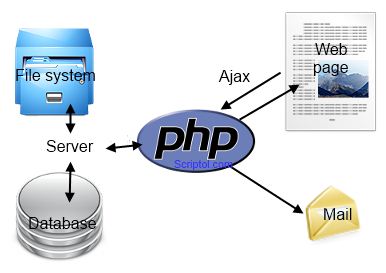
In the winter of 1998, Zeev and Gutmans started rewriting PHP from scratch, trying to fix the core to work better with larger applications and to improve modularity.
#Php language meaning trial
PHP 3.0 was officially released in June 1998 after nine months of use in the trial phase, the name was changed to PHP without the addition of "FI", and the meaning of the abbreviations has changed and represents "PHP: Hypertext Preprocessor."

This version had greater consistency and the possibility of object-oriented programming, and the main feature was its expandability. It was created by Israeli developers Zeev Suraski and Andi Gutmans as a complete rework of the PHP / FI project, and in collaboration with Lerdorf, they published PHP 3.0 as the official successor of the PHP / FI language. This version of PHP is a version that resembles today's versions of PHP. Shortly after the official release of PHP / FI 2.0 in 1997, it was replaced by PHP 3.0. This version had only a few common things with today's PHP. The first tool named PHP / FI was written in 1995 by Rasmus Lerdorf for his own needs, and it was a set of Personal Home Page Tools, hence the abbreviation PHP.

It has the possibility of procedural programming, but it also allows the use of classes and other concepts of object-oriented programming. As time passed, the language expanded and obtained the opportunity for object-oriented programming.

Because of its syntax it inherited from programming language C and due to its simplicity, PHP has gained great popularity. PHP is a scripting language intended for development of dynamic web content and is performed on the server side.


 0 kommentar(er)
0 kommentar(er)
